Presence, Design & Grow
Ecosystems People Want
We help founders, CEOs, and their teams on their journey to build & grow world-class ecosystems, organizations, and teams.
Why we do what we do.
I fought in the Cloud Wars on Google's side in 2010-14. I learnt the limits of Outbound & Inbound, and the power of Partnerships to accelerate revenue growth without costs to follow linearly. Yes, I am talking about scale. But not just through economies of scale, "real scale" leverages Network Effects & the Long Tail.
In the same Cloud Wars, I also discovered how difficult it is to win against an ecosystem, even when you have a superior product (Google did at the time). Microsoft had embedded itself deeply and our chances were slim. 0 chances if we had not prioritized our ecosystem play: that's what we did.
Today, 75% of the $105 trillion world economy is sold through partners. So I am not sharing a new recipe. You can even argue that I am pitching some form of Customer Centricity (and I am). Not new either, and it is even simple, but it is not easy. Especially not when you do not reduce "Partners" to "resellers".
So we do it because it is a good way to win. It is a good way to defend, and despite its ubiquity, it is still mostly misunderstood, and sub-optimally performed. That's where we come in, and we're good at it.


201: What transformation are they seeking? Yes, customers' ultimate JtbD are transformations, and they require more customization.
301: Customers already exist within their ecosystem. Who else exists within this environment? What are the relationships?
401: Who are the potential partners? What are their own JtbD?
Counterintuitively, by moving our focus from the customer to the ecosystem, we better serve our customers' needs. Because we no longer have tunnel vision on a subset of their experience. We see the bigger picture where our product is a tiny portion of their lives, and our organization tiny player (no matter how big we are).
We not only find ways to create more value for our customers, we add value to the entire ecosystem, and we do it in a more efficient manner, reducing frictions and leveraging accelerators for all the parties involved.
- From 2011 to 2024, Marketing Automation Companies grew from 150 to over 14,000.
- Sales & Marketers have gamed everything: even reviews have long become unreliable.
- 85% of SDRs use LinkedIn Sales Navigator.
- Inboxes (not just LinkedIn, email too) are flooded with generic (read "not relevant to me”) sales pitches.
- We face up to 10,000 ad impressions per day.
- AI has helped Sales reps become sharper, now AI no longer needs the human proxy to make the call.
THE DIKE:
- So we filter emails, we skip ads, we screen calls.
- We use VPNs, Ad Blockers, Incogni, cookie-less browsers, iPhones with “Ask App not to track".
- We vote for Privacy (GDPR, CCPA).
- The Power Users embrace Web3.
THE RESULTS:
- With less accurate tracking, Ads become less relevant.
- So they’re annoying, not helpful, and we ignore them even more.
- But CPMs & CPCs keep increasing, so the ROAS suffers.
- Sales Efficiency is going down, and 70+% of SDRs are under quotas.
BUT WAIT!
There has been one way to market while adding value to customers: Inbound -> Identify your buyer persona and build useful content for them.
(1) What happens when everyone creates content though?
You go for the long tail. You produce targeted content for the niches.
(2) Think again, content creators also have automation to flood the long tail.
So, you differentiate yourself by the higher quality you produce, right?
(3) And what happens when everyone creates amazing content?
Impossible?
Heard about ChatGPT? Midjourney? Runway?
Higher quality has been a differentiator as it was produced by the most talented. If you have a top 1% copywriter or visual designer on staff, you might still be able to win. But for how long? Ubiquitous AI tools are already better than the bottom 50%, and they are coming for the top 1%, it is just a matter of time.
Inbound, like Outbound and all GTM tactics, works when only a few industry leaders do it. The novel differentiation gets them buyer’s attention, and share of wallet. But when every marketer has access to the same tools, the former differentiated novelty becomes the overwhelming noise we tune out.
So the Buyers are overwhelmed: Inbound is the new Spam. It is just a more innovative form of Fatigue. Depending on the interruption and the day they're having, customers do not just ignore you, they resent you, and it hurts your brand.
Let’s forget the emotional tension that comes from the flood, and imagine the analytical process of a customer shopping for a product.
These days, each vendor has produced its podcast series, calculators, white papers, surveys, its own ‘best vendor’ study from G2, Forrester, Gartner, ____ (add yours). If it is hard to imagine, just shop for a PRM these days and you’ll experience just that.
Are we expecting customers to process it all and produce a conclusive synthesis? A decision matrix maybe?
That’d be great. Would you?
And can they? How do you know which of these voices to listen to, when all of them display the same confidence, rhetoric, competence/data and they do it in a beautifully designed package?
All these efforts give you mixed results, but they still costs you. Indeed, in order not to be left behind, you pay for talent, tools, and media spend… Worse, as you keep buying the latest technology, you end up with dozens of systems that for the most part are disconnected. Your team instead of connecting with customers, is distracted by data integration, or manually connects the tools until RevOps can do the job.
How long will these programs be funded? The current/incoming economic downturn might accelerate the downfall.
PS: Product Led Growth has its limits too.
Interest rates have forced a re-adjustment, and organizations have to cut the fat.
How do you keep growing though?
Network-Aware Ecosystem Design
NfX's study shows that 16 network effects are responsible for 70% of the value created by tech companies since 1994, even though they are generated by a minority of companies. If you are a start-up, pick Jobs-to-be-Done & Products that will drive the most network effects. Established businesses can still be improved so don't despair. The best time to start is now, and you can use us for your Cold Start.
Over time, the value of the network exceeds the value of the product, making life way easier for the organization who initiated that process. Network effects are the phenomenon behind too many poor products we keep using: we don't ditch them because we don't want to lose the networks they seeded.
Looking at it from a competitive lens, network effects are great defensive tools, together with your IP, Brand, Scale, and Embedding. And because 96% of the value is created after year 10, and competitors will swarm as soon as you have proved product-market & profit-market fit, defensibility is essential.
At PeakPerform, we design ecosystems to maximize network effects and the value they bring to all stakeholders. It starts with simple questions: what does each stakeholder (node in the network) want to give and get? what do I want to give and get? How do I architect the early ecosystem so it becomes self-sustaining?
The day-to-day looks the same: acquiring customers & partners, making them successful... But the indicators you look at are different, your understanding of what you are building is different, and it changes the way you lead. For instance, instead of developing that new feature and spreading yourself thin, you might partner and double down on what you are great at. Instead of a competitor, you made a partner with whom to co-market, co-sell, co-serve, and co-innovate. And you grow the pie for everyone.
VUCA is not a problem in itself. You can overcome it by discovering the problem, collecting data, formulating hypothesis, testing them, collecting more data, etc. With enough resources, you can do it all and beat VUCA. In a nutshell, you can deal with a certain amount of VUCA relative to the amount of resources you have.
The challenge comes from the Great Acceleration. This is what you have been feeling. The flood of data we mentioned earlier is part of it. We can't deal with the amount of VUCA thrown at us on daily basis: there are too many moving pieces and we need to assemble a new puzzle faster each time. And with AI, finding words to qualify the pace is getting difficult... Breakneck? Hyperfast? etc...
In the past, the leadership team (old "we") would collect information from the field, process it, make decisions for the years to come and engage the teams to deliver the multi-year plan. This process of strategic planning and delivery would take months of choreographed sequences of moves: first bottom-up, then top-down, and VUCA would be dealt with, just fine.
In the past, companies had an average lifespan of 61 years.
Today, companies have an average lifespan of 15 years, and it is trending down.
And now... AI. As people worry about their jobs and we even run experiments on UBI, what do we expect is going to happen with companies?
Organizations, teams and individuals have realized they need to reinvent themselves more & more often. Not just incrementally improve: re-invent. Open question on how, best practices would get in the way.
Reinvention can come from any part of the ecosystem. Maybe a junior SDR has a realization after talking to a new type of customer, or your customer service team has noticed a pattern in the cross-sell campaign. One of your partners is becoming your main competitor? Or your main competitor can become your best partner?
And Reinvention comes when it comes... You can't wait for the next strategic planning to invest in the next big thing.
You improve reinvention capabilities by unleashing Collective Intelligence: increasing engagement, alignment and trust so insights and actions can flow faster from and to everyone (new "we").
Whether you decide to integrate internally (building a wide range of services), or externally (focus on a few core services), collective intelligence is paramount.
At the level of an organization, it is about engaging all* the teams and individuals within these teams. So that it is not just the leadership team doing the heavy lifting and the rest of the team waiting for them to be engaged to the new vision.
At the level of an ecosystem, it is about engaging all* the partners and individuals within these partners, so it is not the just about today's strategic partners (who might not be tomorrow's) and it is not just about their leadership teams but their entire teams.
*"all" = as many as you want/can
How do you get partners to share the reality of their strategy and operations?
How do you inspire them to invest in your partnership?
→ TRUST
I won't be long on Trust. If you want more on the topic, read Covey. Just know, that there is a recipe for trust. And no, it does not involve faking it 'til you make it. We have developed programs to build trust starting with self-discovery, then expanding to interpersonal relationships, and ecosystem dynamics.
Let's focus back on Go-To-Market routes. What to do when you experience the limits of Outbound & Inbound?
→ NEARBOUND
Fuller coined the term while he was evangelizing for Reveal - a co-selling application. Quoting him:
"It is a business strategy that connects to buyers with and through the network of partnerships and relationships that surround them."
Fuller recommends starting or reinventing organizations around their ecosystem. And the first step is an overlay model where you reinvent parts of the business to make them ELG ready. In the overlay model, you continue your Outbound activities, your SDRs co-sell with partners already trusted by your prospects. Reveal has an Outbound Team, and Nearbound is a book, a podcast series, and loads of content you can find at nearbound.com so no, Outbound & Inbound are not dead ;-).
WHO, not HOW is a way for each of us to make sense of the world when the amount of information we are bombarded with keeps increasing, at accelerated rates (AI helping). For every transformation we want to perform, we ask ourselves "Who has already done this successfully?" and we seek their advice. There is no way we can process all the information available, and we do not know what piece of information matters, so a trusted friend/influencer/advisor is the preferred way:
- 80% of B2B sales leaders say individuals in the buyer’s network have the biggest impact on purchase decisions (HubSpot)
- 82% of sales leaders identify referrals as the best leads, highlighting trust (Williams)
- Deals involving trusted partners have 41% higher win rates and close 35% faster (Reveal)
At PeakPerform, we use a broader WHO, not HOW mindset. What are the strengths of each member of the ecosystem? These are the WHOs to our old HOWs. The same way you want to double down on the Jobs-to-be-Done and the products where you are unbeatable, you want to keep the functions where you have a competitive edge. Other areas where you are falling behind, or just average: outsource to more competent players. When your partner is an amazing marketer, and you are great at sales, just divide the work between yourselves. Maybe he can get better at selling, but you are great now. And he is great at marketing now.
Scary to embrace the Ecosystem play to the full extent of its possibility? This is why trust is paramount.
Each country and subculture is different. Are you in an environment with low trust? Is trust decreasing?
But some things are always true. Not everyone is trusted, and not everyone is trustworthy. And trust is local: we can trust someone totally for X, but not at all for Y. What do you want to be trusted for?
For Ecosystem Led Growth, it is still day 1. Even if you don't embrace the Day 1 mindset.
Day 1, because:
- How much of what I share here is common knowledge? How much of it is acted upon? Mastered?
- How much are we investing into ecosystem development? How many FTEs have you dedicated?
- How much of this investment is operational/short term vs strategic/long term?
- How do people in your organization become ecosystem developers?
- Is there one strong leader representing the Ecosystem?
- What ecosystem contributions/KPIs do you measure?
- Do you reward partners to the extent of their full contribution?
- How much space do you dedicate to the Ecosystem in your Rhythm of Business?
- Is the Ecosystem permeating the entire organization?
Day 1, even for the Ecosystem Tech Pure Players:
- PRM systems take care of the vendors' needs but not yet the reseller's.
- Even the most innovative players only enable 1:1 partner plays, imagine what will be possible when tools will enable n:n partner plays.
- Despite their small size, most PRM systems have chosen to build a full suite of services instead of partnering.
Day 1, even within organizations:
- Only 3 out of 10 transformations succeed.
- Only 23% of employees are engaged at work.
- Most knowledge workers (>50%) don’t get how their work contributes to broader goals.
- 74% of organizations score low on Trust.
Bottom line, we are still crawling. Day 1.
But the maps are available, we know what to do, and the future is already here – it's just not evenly distributed.
With your contribution, hopefully more of us will be walking soon, offering more fulfilling ecosystems, opportunities for abundance, efficiency and well-being. The future is bright, let's live it ourselves today, and build it together, for everyone.
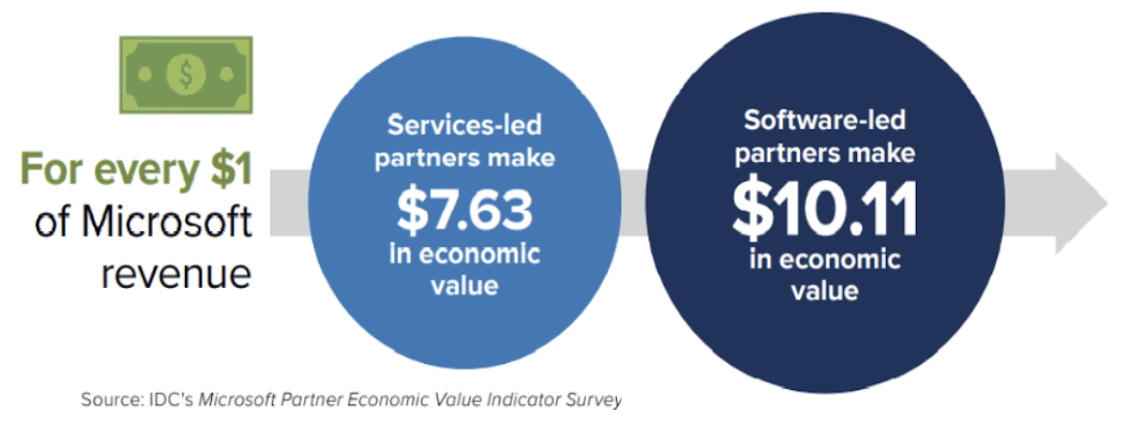


How many people have ecosystem OKRs? Are the values of the organization contributing to an ecosystem first business? Have mindsets been reframed to Ecosystem First?

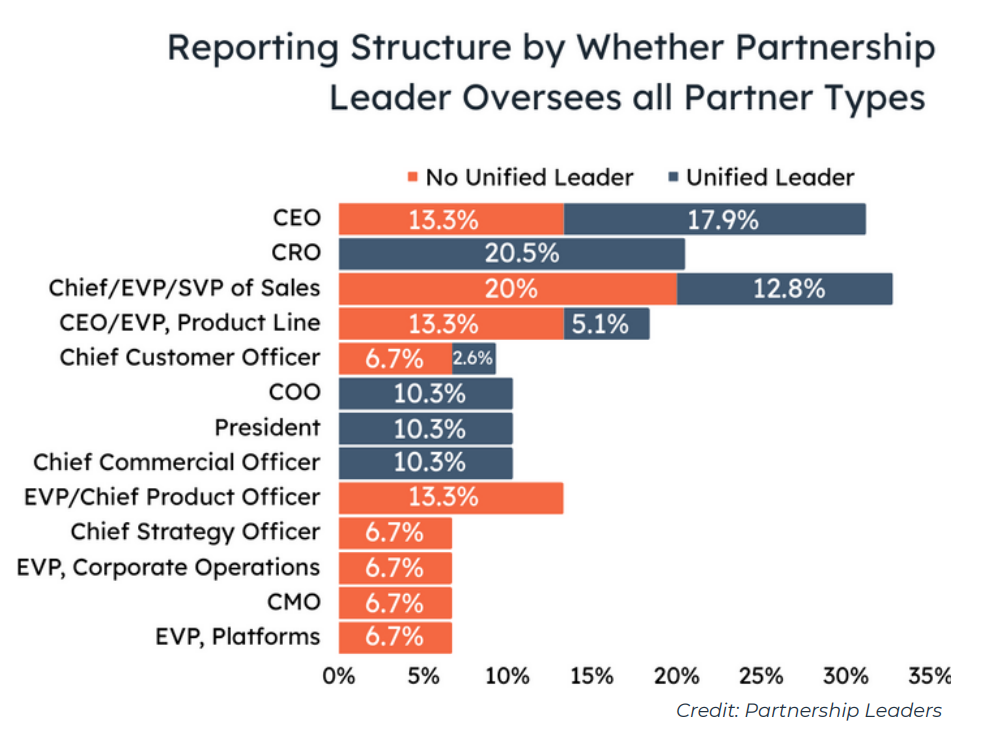
Like Product roles (see Cagan's Inspired, Empowered, Transformed), Partner Roles are high leverage roles in the organization... Partner Managers impact large chunks of revenue, many indirect clients, partner leadership teams, and partner field teams. Their effect is multiplied, positive and negative.
Where do we learn to be ecosystem builders? Mostly on the job.
It is one of the typical paths offered to sales teams to retain talent, without much Learning & Development offered to become great at it. Worse, it is mostly a spin off of sales teams, maintaining a narrow transactional view of the ecosystem.
Projects are emerging to fill the gap/void (like partnershipleaders.com- but still Day 1 for them too.
- 74% of organizations score low,
- 17% medium
- 9% high


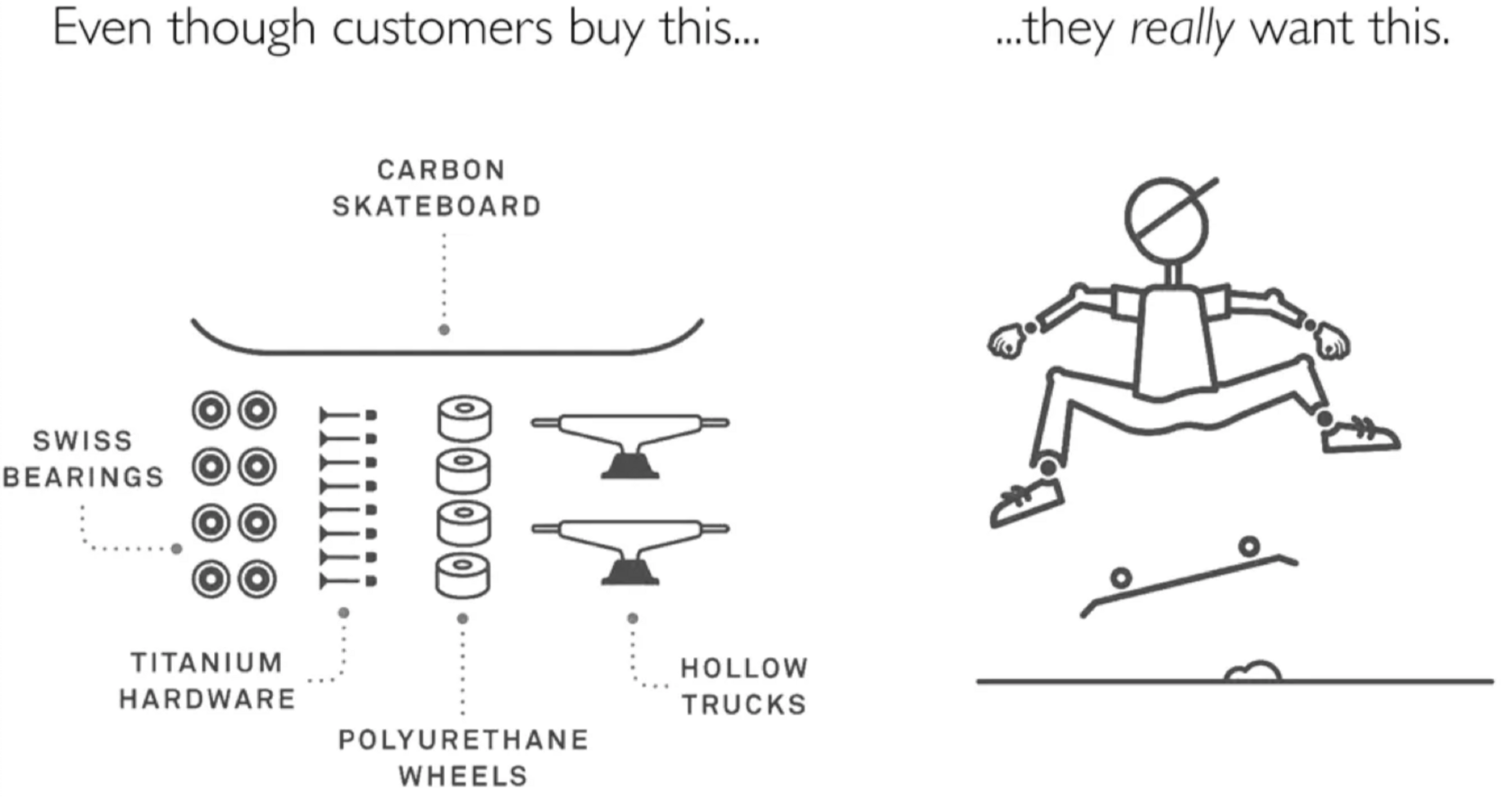








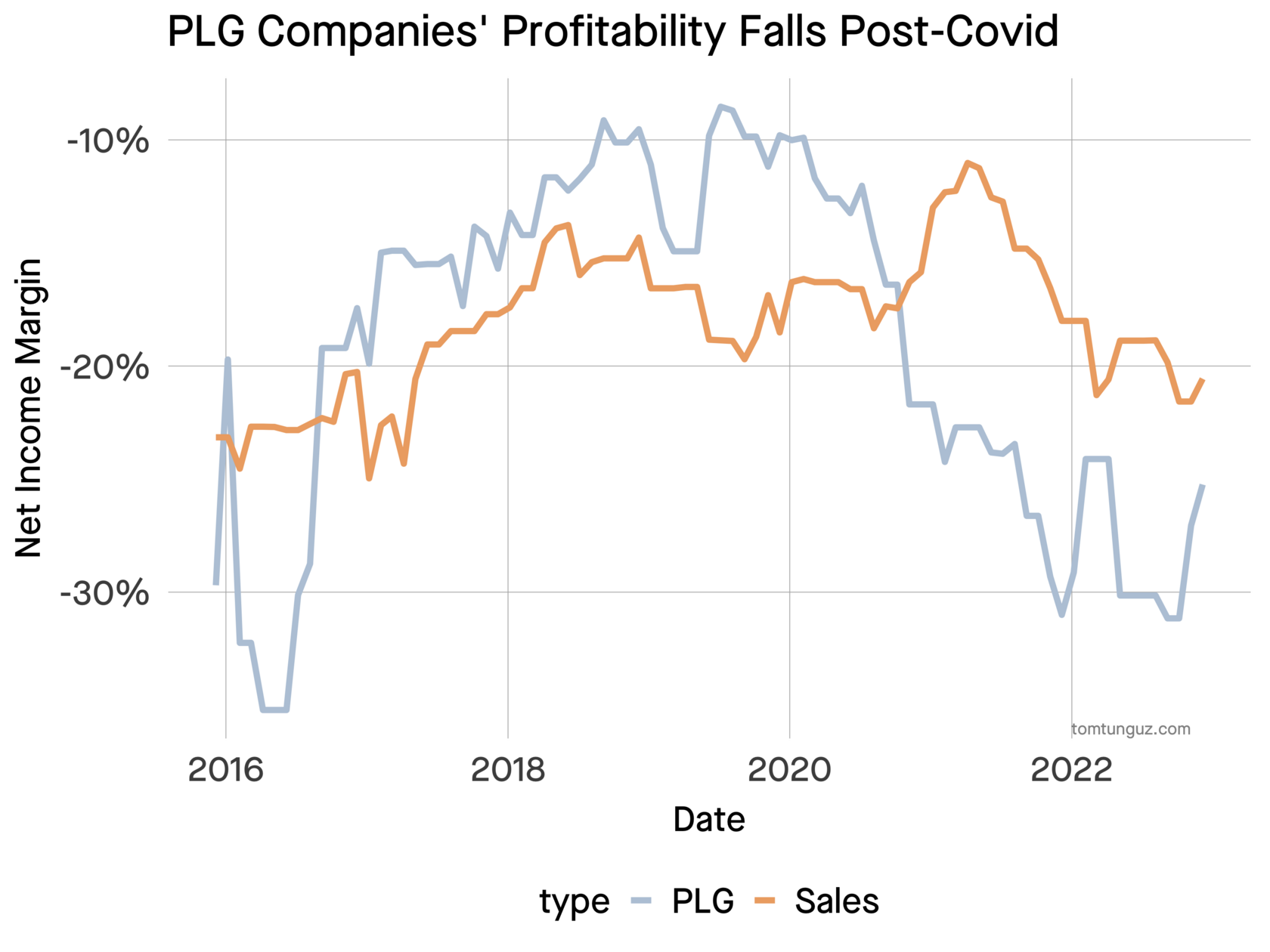



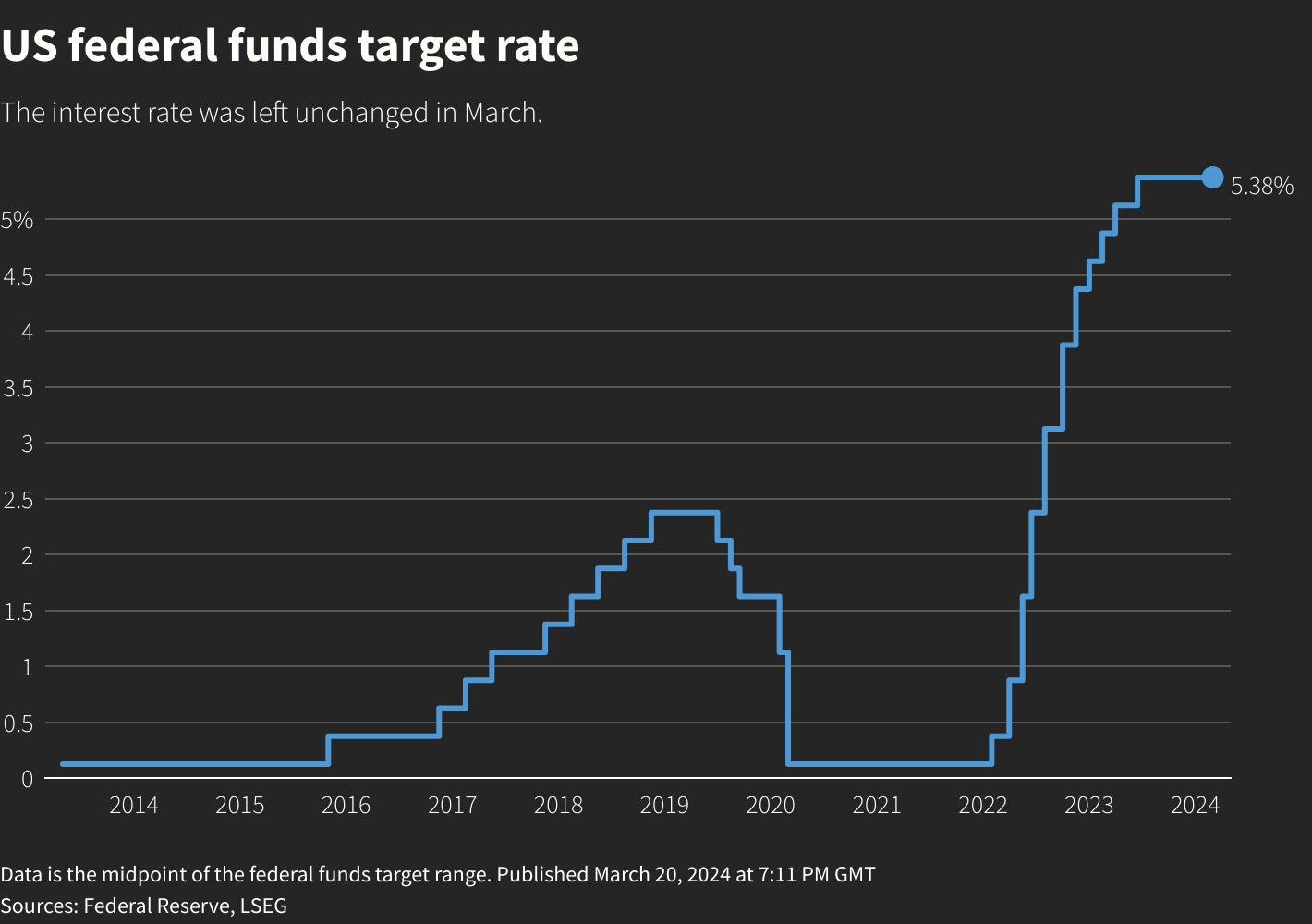
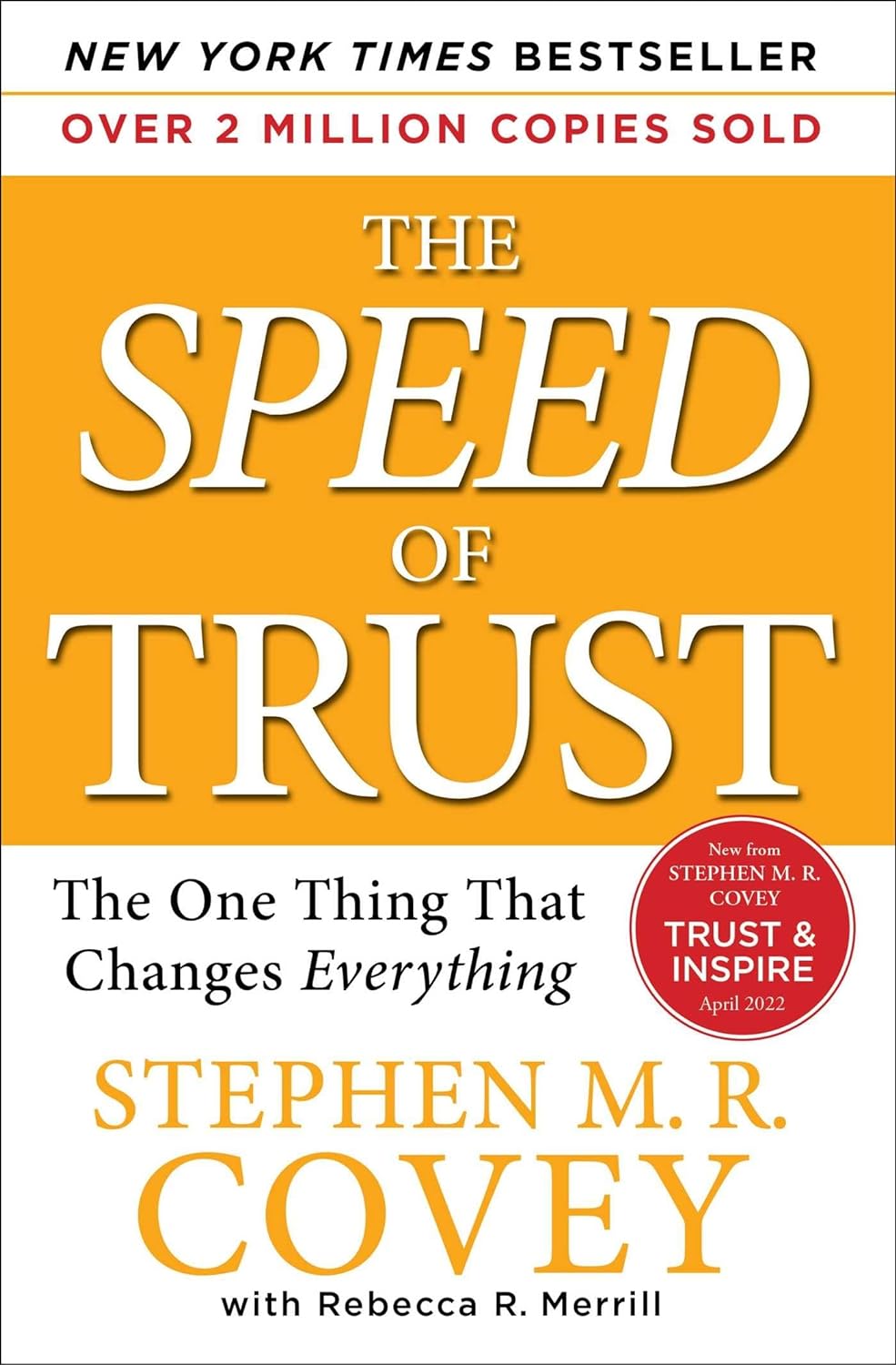
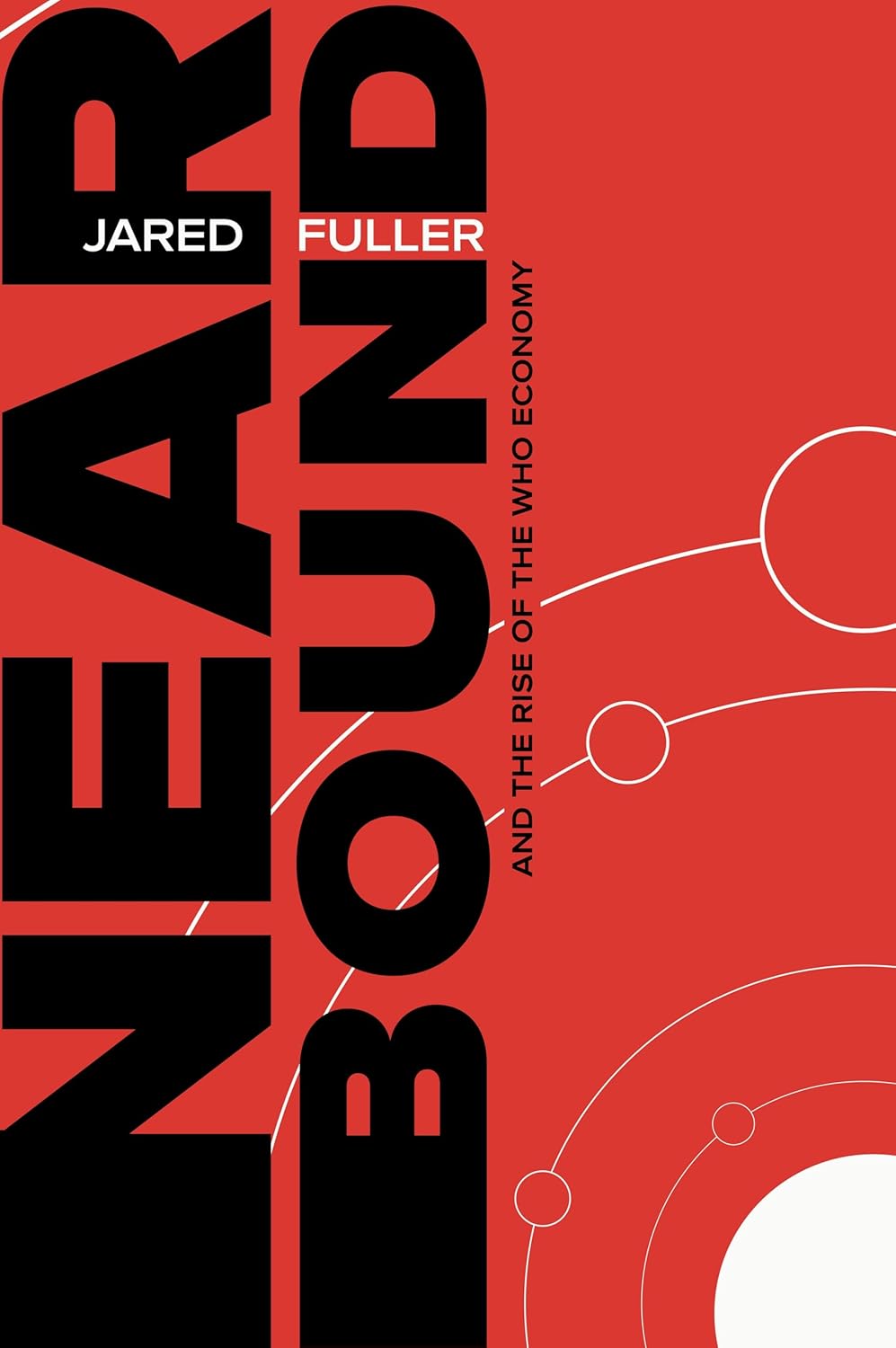



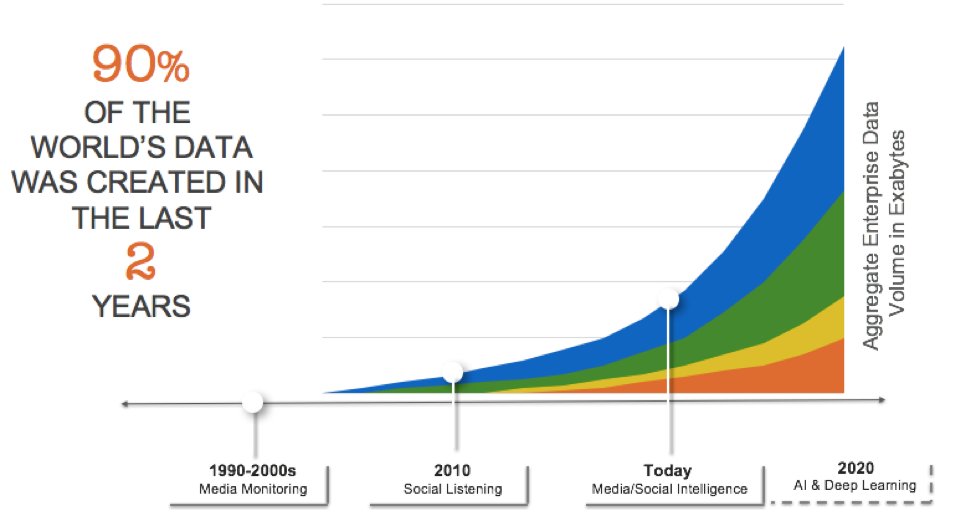
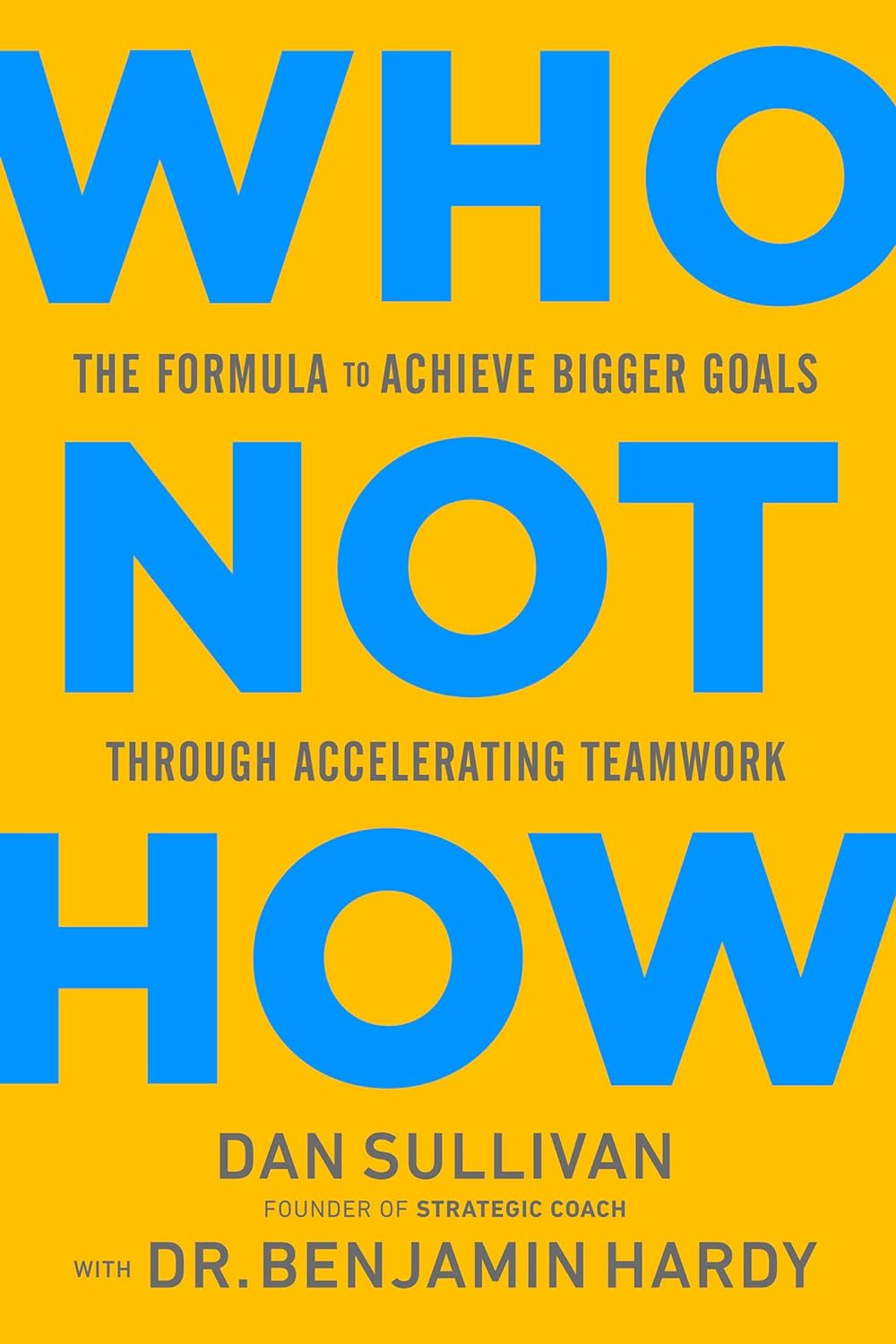




Uncertainty: Denotes the unpredictability of events and issues.
Complexity: Describes the intertwined forces and issues, making cause-and-effect relationships unclear.
Ambiguity: Points to the unclear realities and potential misunderstandings stemming from mixed messages.


A landmark study from OpenResearch provides more data on the benefits of universal basic income, the OpenAI founder’s favored solution for a future in which AI takes everyone's jobs.
https://www.forbes.com/sites/sarahemerson/2024/07/22/openai-founder-sam-altman-gave-thousands-of-people-free-money-heres-what-happened/



Services that help you grow

We have broken down our services into:
- 8 focus areas (the what), and
- 7 modes (the how).
Why work with us?
Who is it for?
PS: We do not close the door to Enterprise clients but, realistically, they're already served by McKinsey and the likes. When McKinsey & co already work at the Enterprise level, we include the ongoing Enterprise-wide change program in our discovery and support our local client in aligning and adding value to the wider change program.
How we work:
We look forward to
working with you.



